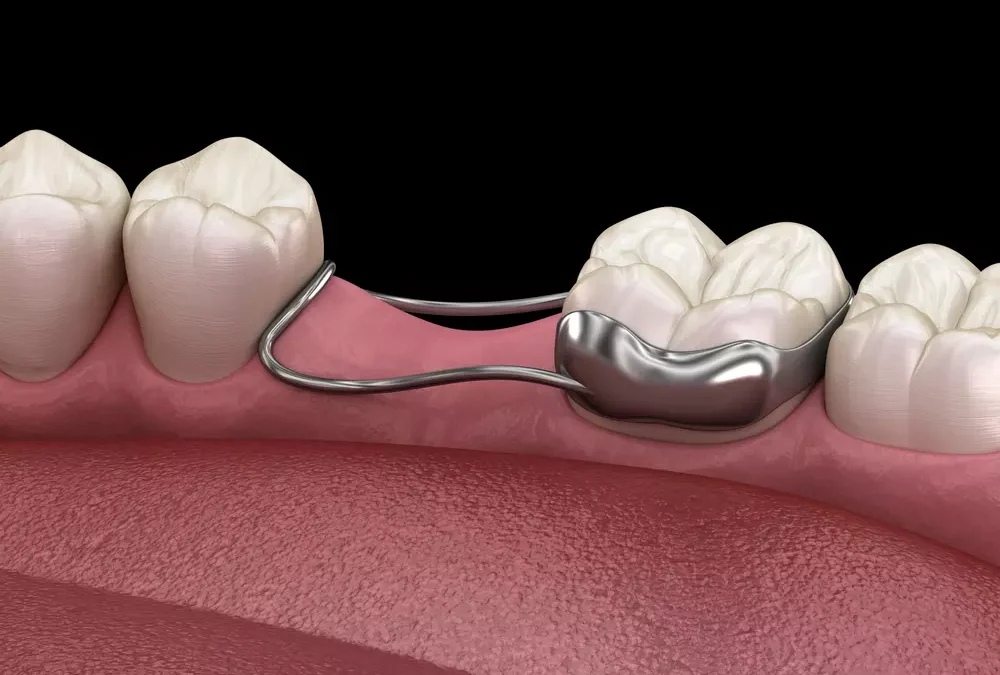The transition from baby teeth to permanent teeth is a crucial phase in a child’s dental development. However, sometimes this natural process can encounter obstacles, leading to complications such as premature tooth loss or inadequate space for permanent teeth to erupt properly.
In such cases, Windermere pediatrics Fl specialists often turn to space maintainers to help preserve the necessary room for the incoming permanent teeth.
Understanding the Importance of Space
Space maintainers are dental devices used to prevent neighboring teeth from encroaching into the space left by a prematurely lost primary (baby) tooth. The primary function of these devices is to retain the proper alignment of the surrounding teeth and ensure there is adequate space for the permanent teeth to emerge correctly.
When a baby tooth is lost prematurely due to decay, trauma, or other reasons, neighboring teeth may start to shift into the vacant space. This movement can lead to misalignment issues, crowding, and difficulties in the eruption of permanent teeth. In severe cases, it may necessitate orthodontic treatment later in life to correct these issues.
Types of Space Maintainers
Space maintainers come in various types, each designed to address specific dental needs:
Fixed Space Maintainers: These are cemented onto adjacent teeth and are typically made of stainless steel or other materials. They consist of bands that encircle one or more teeth and wires that extend across the gap to hold the space.
Removable Space Maintainers: Unlike fixed space maintainers, these can be taken out for cleaning and are often used in cases where multiple teeth are missing or if the child is not yet ready for a fixed device.
Unilateral or Bilateral: Depending on the location of the missing tooth or teeth, space maintainers can be unilateral (one side) or bilateral (both sides) to address specific needs accurately.
Band-and-Loop Space Maintainers: These are commonly used for a single missing tooth. They consist of a metal band fitted around a neighboring tooth with a wire loop extending across the gap to maintain space.
Distal Shoe Space Maintainers: These are used when the first permanent molar has erupted but the second primary molar is missing. They help to guide the eruption of the second permanent molar into its proper position.
The Role of Space Maintainers in Dental Health
Space maintainers play a crucial role in preventing future dental complications associated with premature tooth loss. By preserving the space and alignment of neighboring teeth, they facilitate the natural eruption of permanent teeth, thus reducing the need for more extensive orthodontic treatments later on.
Moreover, space maintainers contribute to maintaining proper occlusion (bite), which is essential for optimal chewing function and overall oral health. By preventing misalignment and crowding, they help avoid issues such as malocclusion, which can lead to problems with speech, chewing, and even temporomandibular joint disorders (TMJ).
The Importance of Timely Intervention
Early diagnosis and intervention are key to the success of space maintainers. Dentists typically recommend space maintainers when a child loses a primary tooth before its natural time or if there are indications of insufficient space for permanent teeth to erupt correctly. By promptly addressing these issues, space maintainers can effectively preserve dental arch length and alignment, minimizing the need for extensive orthodontic treatments in the future.
Space maintainers play a vital role in pediatric dentistry by preserving the necessary room for permanent teeth to emerge correctly. These devices help prevent misalignment, crowding, and other complications associated with premature tooth loss, ultimately contributing to better long-term oral health outcomes for children. Through timely intervention and appropriate use of space maintainers, dental professionals can ensure optimal dental development and alignment, setting the stage for a lifetime of healthy smiles.
